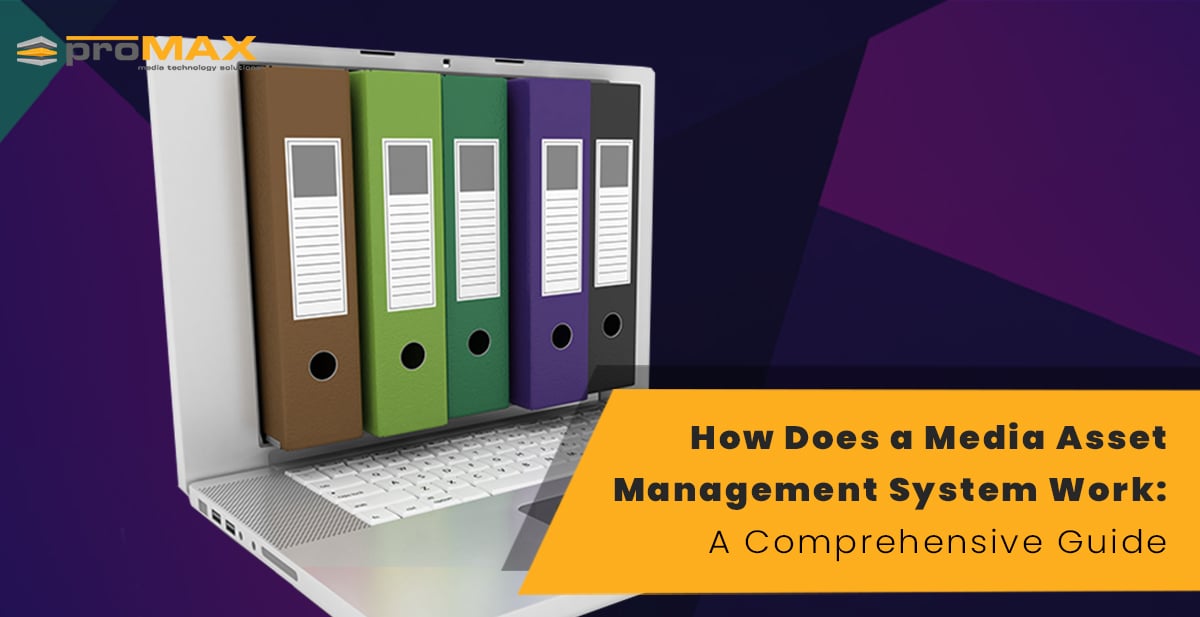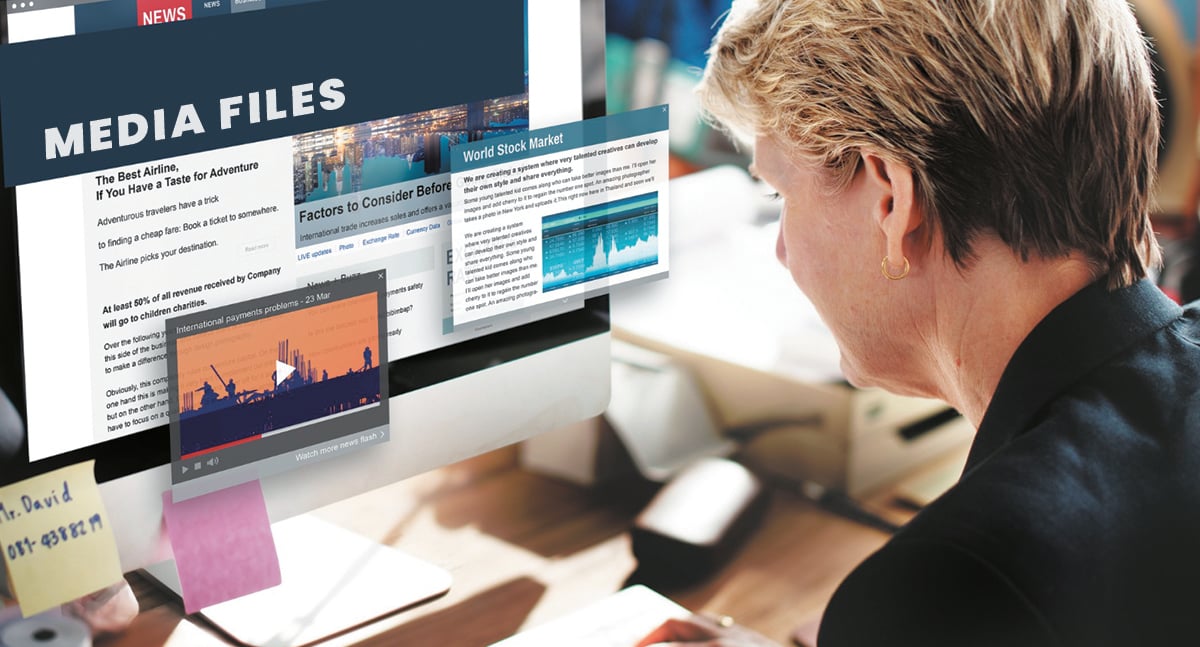
When it comes to content creation, organizations of all sizes often face the same set of challenges.
The creation of assets like audio, video, and images are expensive - meaning that you need to extract as much value from them as you can. Still, it can be difficult to make sure that these assets are available to everyone across an organization at all times. This in turn hampers collaboration, which makes it difficult to connect with a target audience in the right way.
Thankfully, there is a solution. A media asset management (otherwise known as a MAM for short) platform is often the solution that most businesses need to address all of these issues and more - something that is true in a wide range of different ways that are certainly worth exploring.
What MAM is: An Overview
At its core, a MAM system is a solution that helps teams manage video and other related multimedia files. Essentially, it acts as a "single source of truth" for an organization - one that brings all of these disparate resources together so that employees can better communicate, collaborate and share files with one another for the purposes of content creation.
Managing & Organizing Your Media Assets
In a larger sense, MAM tools are intended to condense large media libraries into a single, centralized and reliable source for the various files needed to put together video and other multimedia content.

Depending on the size of a business, their media library could encompass literally tens of thousands of different files. This includes not only video clips but also images and other elements needed to put together the rich video production that consumers have come to expect.
The MAM workflow simplifies things dramatically by making it easier for workers to find a set of files based on the criteria of the associated metadata, to update those files using the same technique, and to both assemble and deliver content based on the needs of the project in front of them.
In other words, a MAM system is a solution built to instantly know everything about the rich media files that someone may be working with - making it easier than ever for you to know everything about them, too. All elements are available in a single location and are easily accessible, regardless of file format, video codec, and more. This virtually eliminates the need to spend time thinking about storing and organizing, all so that people can get back to being strictly creative - which in and of itself is the most important benefit of all.
MAM Systems on Bringing Different Teams Together
Truly, the strength of a MAM system involves not only bringing all of those various media elements together but also making them available to anybody at any time, in any location, on virtually any device. This is especially important in a creative environment where people need to be free to work together to arrive at the best version of an idea for a piece of compelling collateral.
Learn how to improve your media management practices, Click below to speak with an expert today
Talk to an Expert Now!
If everyone has access to the same elements, they're free to work from the same basic place of inspiration. You don't have to worry about sending files back and forth or wondering if everyone involved is coming from the same place of reference. You know that all parties have the same starting point, thus putting everyone in the best possible position to take advantage of the elements that are available to them.
How Does a MAM System Unify Access to Assets?
All told, a MAM system is successful in unifying access to assets in a wide range of different ways. Most solutions offer both the manual and automatic logging of media, which in and of itself would be worth the initial investment. Just the fact that you always know precisely where everything is would be helpful in terms of rich media creation.
But they have other advantages, too. They allow for the transcoding and preparation of media assets for both editing and eventual delivery, for example. In addition to the aforementioned benefits in terms of collaborative editing, they also offer features that are perfect for the review and approval of the content, too.
MAM Systems: Improving Collaboration Between Different Teams
Finally, one of the biggest advantages of MAM tools comes down to how they improve collaboration among not only team members, but different teams within the same business.

Far too often, assets are trapped in artificial silos. The marketing department may be able to use a video or an image that the sales department created, but they don't have access to it because it exists within an entirely different system.
A MAM platform does away with this problem, guaranteeing that everyone has access to the same files at the same time. So not only can people within the same department work together, but everyone across a business can, too - which may very well be the most important benefit of all.
In the End
Overall, a media asset management system is an ideal way to centralize the storage of media-related assets - making them available to everyone within a business at the same time. Not only does this make it easier for teams (even those in different departments) to collaborate with one another, but it also helps derive as much value from those assets as possible - therefore increasing an organization's return on investment across the board.
All of this goes towards the ultimate benefit of creating better content for its intended audience, which helps a brand resonate in a meaningful way that can't help but make a lasting impression moving forward.
If you're interested in finding out more information about a MAM system and how it can benefit your organization, you can always read these blogs on media asset management systems. If you like to speak to someone about your own needs in a bit more detail, please don't delay - contact the team at ProMax today.


